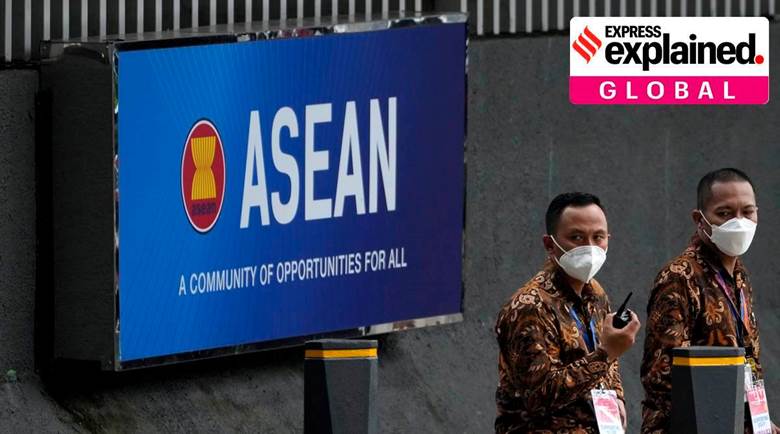Free Courses Sale ends Soon, Get It Now


Free Courses Sale ends Soon, Get It Now



Disclaimer: Copyright infringement not intended.
Context: Foreign ministers from member countries of the Association of Southeast Asian Nations are meeting to discuss an intensifying crisis in Myanmar, 18 months after agreeing a peace plan with its military rulers.
Details:
What is the consensus?
Junta’s response:
What approaches might ASEAN take?
Impacts of chaos in Myanmar:
The fallout in India:
Russia, China, the West:
Association of Southeast Asian Nations (ASEAN)
Achievements of ASEAN:
India-ASEAN Relations:
© 2024 iasgyan. All right reserved